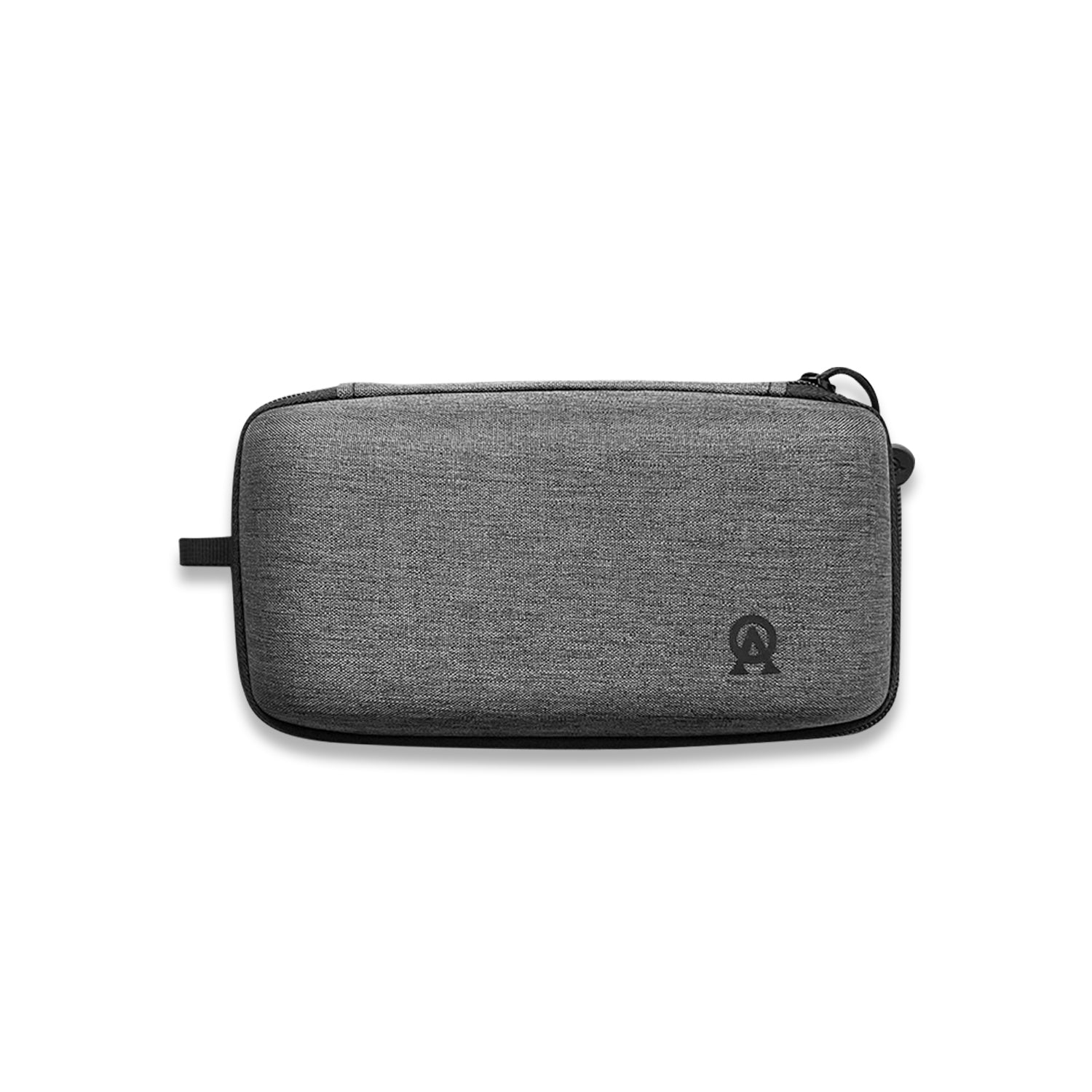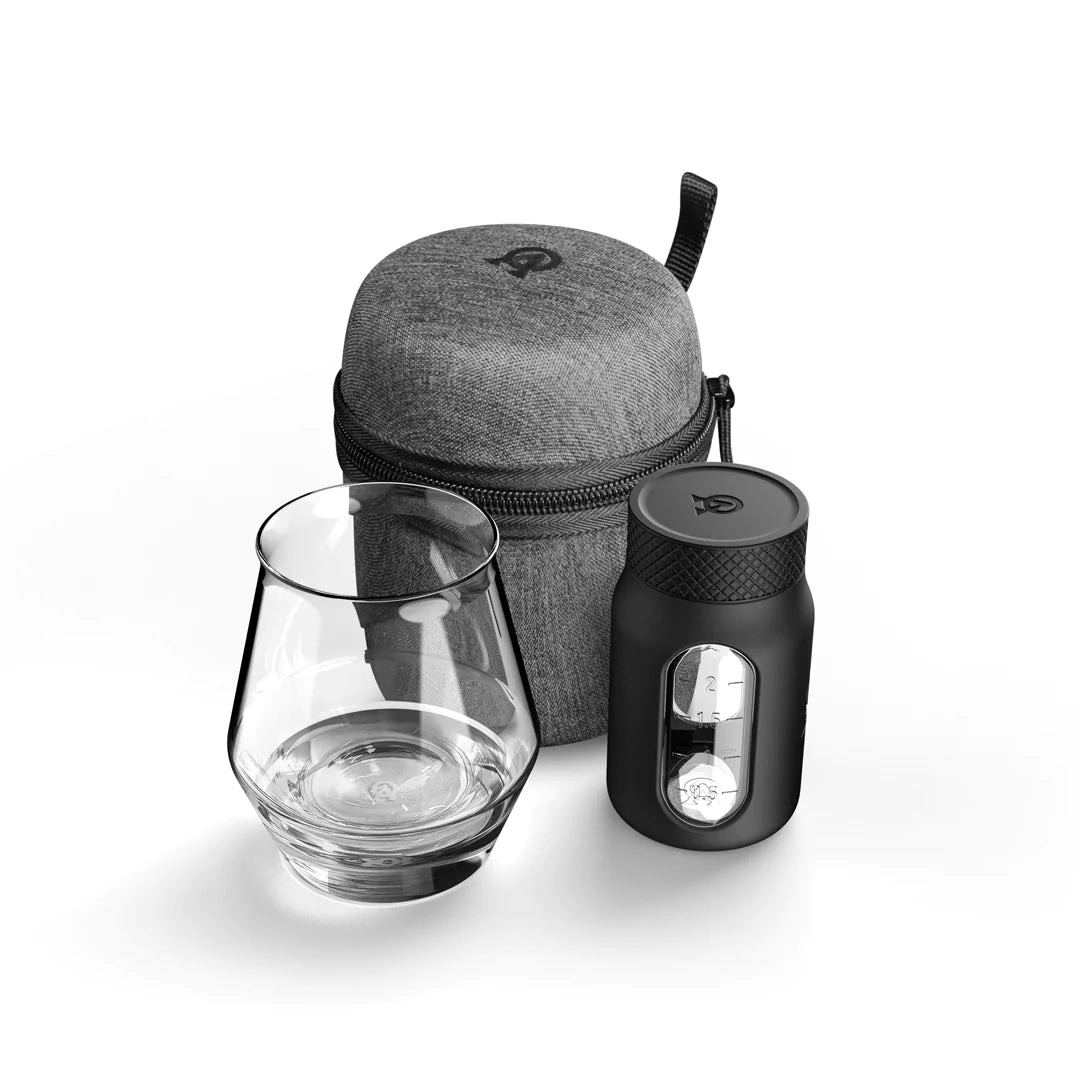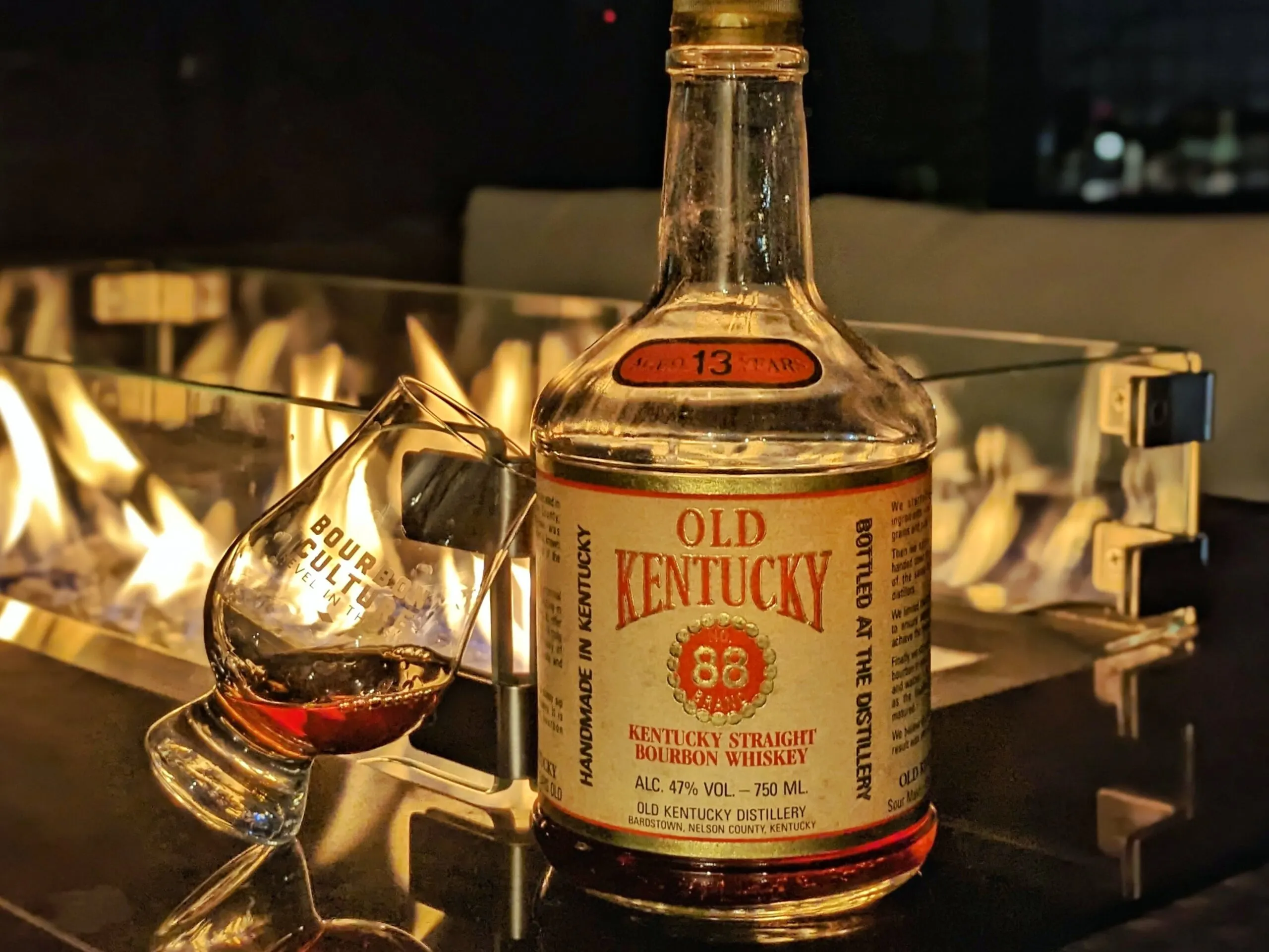| Don't like ads? | No ads |
In the summer of 1992, I watched with glee as the United State’s Men’s Basketball team, commonly referred to as “The Dream Team,” obliterated every country they faced on their way to winning Gold in the Olympics. Pitting all-stars and future Hall-of-Famers against countries that barely had semi-pro leagues was probably a shitty thing to do, but it produced results. Frankly, the US could’ve put average NBA players on the court that year and still taken Gold. But when you have the opportunity to stack a roster with the best of the best, why wouldn’t you?
The same can be said about Kentucky Bourbon Distillers (KBD, now known as Willett) from the 1980’s to the early 2010’s. Even Kulsveen and his wife Martha (who was a Willett by blood) re-opened the campus in 1984 with a slightly different vision. Rather than rebuild their distillery operations from the ground up, why not just buy barrels of already-aged bourbon from other distilleries that had too much? That way, they could begin bottling products to sell right now instead of having to fine-tune their distillate and then wait a half-dozen years before it matured. Even better, they wouldn’t have to create low and mid-range labels to sell any lackluster or young bourbon – they could just bottle up stuff that was already the cream of the crop.

The many brands of Kentucky Bourbon Distillers
KBD was located in the heart of bourbon country. The campus had around a dozen warehouses to store barrels in, a bottling line and easy access to one of the bigger distilleries in Kentucky literally right down the road (Heaven Hill). This allowed them to immediately begin investing their money into buying barrels to build up their stocks. The barrels they bought were stuffed into their warehouses alongside original barrels of Willett that had been previously distilled prior to the distillery shuttering operations in the late-1970’s.
Instead of only bottling the barrels under the name “Willett,” Even decided to create several smaller brands (this was separate of the brands he was helping source and bottle for). The one thing almost all of them had in common was wording that centered around “Kentucky.” This had an ulterior motive of being easier to sell overseas in places like Japan where whiskey drinkers expected bourbon that was fully matured and from the one state they knew that made it. Thus, brands like Kentucky Crown, Pure Kentucky XO, Kentucky Pride, Vintage Kentucky, Kentucky Prince and Old Kentucky No. 88 were born.
Old Kentucky No. 88
One of the more maddening things about KBD products from this era is the lack of virtually any records or insiders who can tell you what juice went into what label. Oh, I’m sure there are experts out there who say they know, but the reality is that Even and his son Drew don’t even know themselves. They’ll openly admit that they mixed a little bit of this and a little bit of that into most batches and when they ran out of one particular kind of bourbon (like the original barrels of Willett that were distilled in the late 60’s or early 70’s), they would replace it with whatever else they had on hand.

This is why KBD products are so hard to quantify as to which ones are superior. You’d have to drink through not only every label, but every year that label was produced. Changes to the bourbon inside were sometimes abrupt. Only the big spenders that can afford to buy these bottles en masse will have any clue as to their differences. For us regular schmoes, studying the secondary market is a good way to judge which years are better than others. Take this bottle of Old Kentucky No. 88 for example. It was produced from 1988 all the way into the early 2000’s – yet some years are priced higher than others. This is probably a clue on which ones dusty enthusiasts have figured out are superior.
As a general rule of thumb, the older the bottle, the better the juice inside and the more expensive and sought-after it is. This shouldn’t come as a surprise because with almost anything in life, the first time something comes out, it’s usually that company’s best effort.
What bourbon is inside this bottle?
So what’s in this bottle of Old Kentucky No. 88? I have no clue. There are rumors that it contains wheated bourbon. And if you know anything about producers who were making wheated bourbon in the 1970s (when this was surely distilled), there’s really only 2: Maker’s Mark and Stitzel Weller. I’ll let you be the judge of which one the barrels probably came from.
So with the help of a new friend, I am getting a chance to try a taste of excellence – or at least I assume it’s going to meet that criteria. Do these old bottles really stand up that well? It’s time to find out. I am tasting this neat in a glencairn.
Tasting Notes
Nose: A completely different experience from any modern-day bourbon. The opening notes aren’t your typical caramel and vanilla, they’re much more focused on the wood influence. The smell is intoxicating with notes of antique wood and your grandpa’s old cigar box. The fragrance is difficult to pin down in modern terms, but rest assured I haven’t smelled anything like it that’s been released in the last 15 years. My grandparents owned a woodworking shop in a very old building when I was younger. It was rarely used, but every year or so I’d find myself going inside and the smell of wood in all different combinations (unfinished, varnished, lacquered, freshly cut, stored in a damp, musty corner) is deep ingrained in my memory. This wood is like that. It’s not one particular kind, it’s many. And it’s that much better for it.
I also find notes of chocolate sauce with a hint of peppermint. There are also scents similar to licorice as well as Rum Raisin sauce. Also, dare I say that I find a scent that smells a little bit like Sherry? Weird!
Palate: This heat on my tongue makes this taste like it’s 40 proof. There is virtually no bite in the beginning – it just slides around my mouth making it very hard to pin down specific flavors. From a texture standpoint, this is very oily. The oak varnish flavors tell you it’s extremely aged, but the oiliness seems to deny it from ever getting bitter or drying. There’s another flavor that I’d identify as stale walnuts. But don’t mistake me for saying this has a nutty taste to it. I’m full of contradictions today.
There is a flavor that reminds me of the old, prepackaged Christmas Fruitcakes of yesteryear. It’s like petrified fruit (candied apricots and plums with dried cherry bits) baked into an anise-and-fennel flavored baked good. There’s a nice compliment of orange zest (the kind you’d find in potpourri) as well. Frankly, the flavors here remind me of a 1960’s Old Grand Dad Bottled-in-Bond Bourbon I once tasted.
Finish: The one thing about this bourbon is that the finish doesn’t seem to last quite as long as I thought it would. It’s still delicious every step of the way, but I’d say that it only lasts a short-to-moderate amount of time. There seems to be more heat on the finish than there was on the palate. It smolders all the way down. Tannins are the name of game on the finish and here and almost all other flavors except for oak and wood have disappeared. But it’s an elegant taste that never dries out your tongue. And before you know it, you’re begging for another sip.
Score: 9.1/10
A reader of mine who prefers to remain anonymous gave me the opportunity to try this bourbon because he wanted to “reset my bar on modern releases.” This is the first of a handful of reviews where I’ll be looking at bourbons from the glut era. I will freely admit my experience with these kinds of bourbons is lacking. So drinking this made me realize just how good bottles like these are. It’s like I’m drinking another style of spirit entirely.

With that being said, of course I was blown away with the quality and flavor found inside of Old Kentucky No. 88. Even at 94 proof, the layers of flavors and scents are unmatched in the modern age. If I had to pick out a favorite part, though, it would be the nose. It simply can’t be beat. I may not ever wash the glencairn I poured it in because I want to keep revisiting it as long as I can.
Final Thoughts
Bottles like these are wildly expensive for the average bourbon drinker. And unless you’re willing to put the trust in the handful of individuals selling them on secondary groups, your only chance to have a taste yourself is through a vintage spirits shop or a well-connected friend. That’s sad to admit, but it’s the way it is.
That’s why I’m going to end this review not with an overview of this bourbon, but with a piece of advice. If you’re new or even moderately experienced with bourbon, just know that one of the top things to experience is the thrill of drinking whiskey from the glut era. There are many reasons that set them apart from modern whiskies, but the main reason is that they’ll never be made that way again. So make friends and connections with everyone you can and hopefully someday you’ll get the opportunity to experience something unlike anything you’ve ever tasted before.
Featured Products
- Neat Traveler

- View Larger
- Description:The Aged & Ore Neat Traveler is a complete travel kit for spirits. We combined our widely praised Neat Glass with one of our 3oz Flight Bottles and housed them together in a custom EVA travel case. Perfect for a night away with your favorite pour. The tie
- Bottle Flight

- View Larger
- Description:The Aged & Ore Bottle Flight is a premium set of 4 custom silicone wrapped glass bottles designed to transport and share samples of your favorite spirits. The flight bottles come in a custom EVA travel case that fits perfectly in any small bag. An Aged &
- Travel Bundle

- View Larger
- Description:This Bundle combines two of our crowd favorite products, creating the ultimate travel bundle to bring along your favorite spirits and glassware. Bundle Includes: Neat Traveler (Gray) Bottle Flight (Gray) Note: This bundle is only available in gray and col
*Bourbon Culture is reader-supported. When you buy through links on our site, we may earn an affiliate commission.

